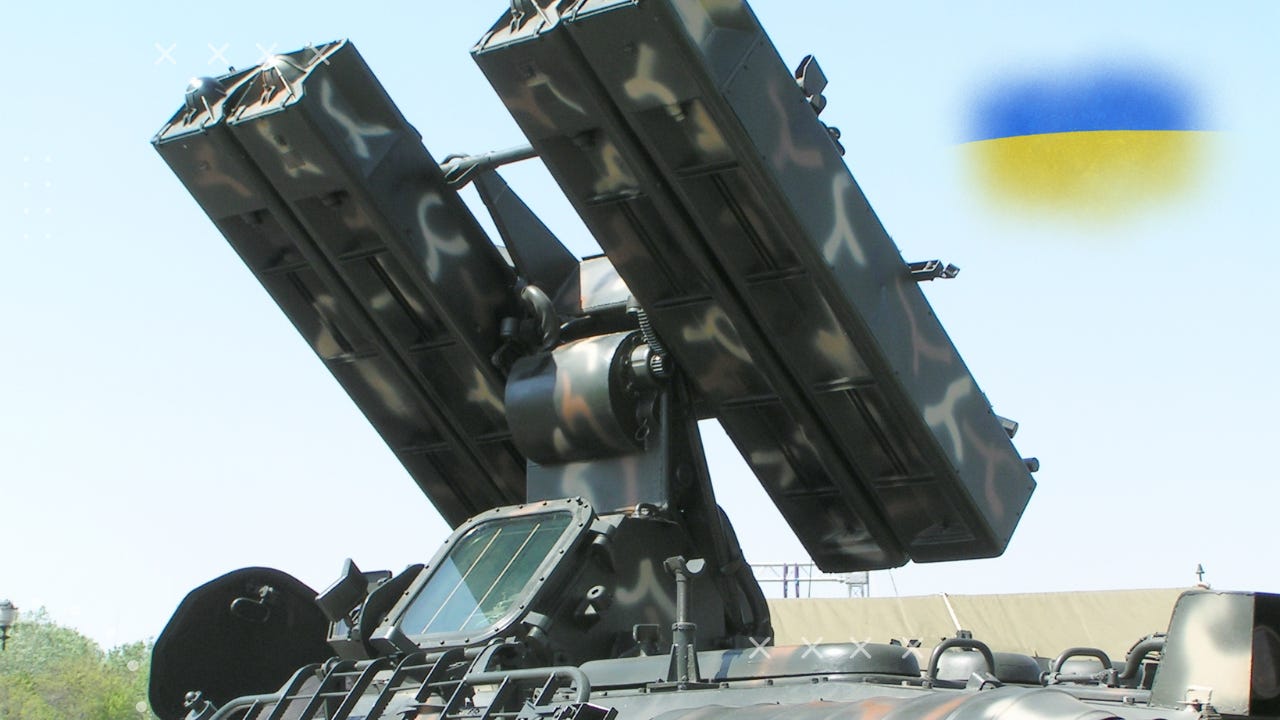Romania’s CA-95 - Ukraine’s Newest Air Defense Addition
Why did they send it in secret?
Ukraine’s air defense network just got a little stronger, and this time, the new hardware came from an unexpected—yet not entirely surprising—ally: Romania.
But here’s the kicker: the transfer wasn’t announced with the usual fanfare of military aid. Instead, the CA-95 short-range air defense (SHORAD) system just appeared on the battlefield, its Romanian …
Keep reading with a 7-day free trial
Subscribe to Eyes Only with Wes O'Donnell to keep reading this post and get 7 days of free access to the full post archives.



